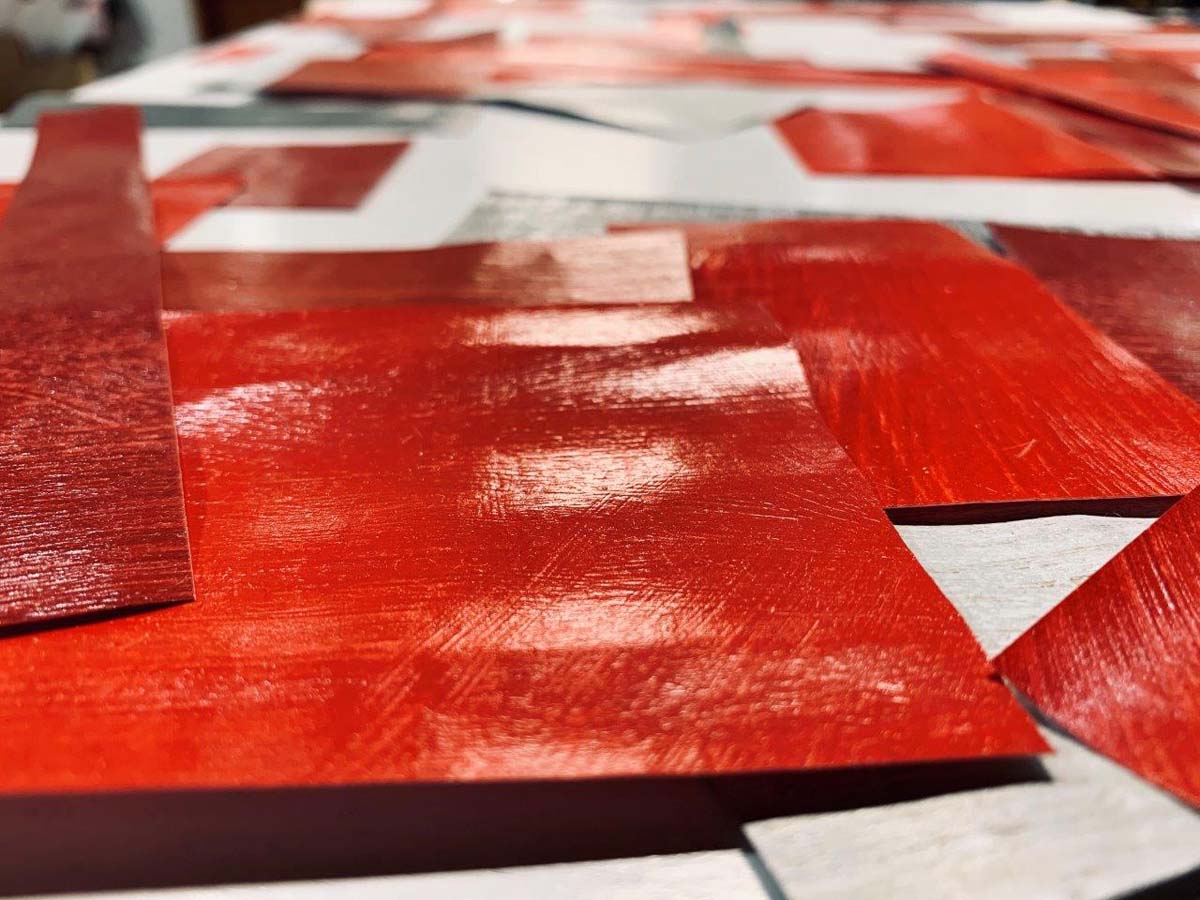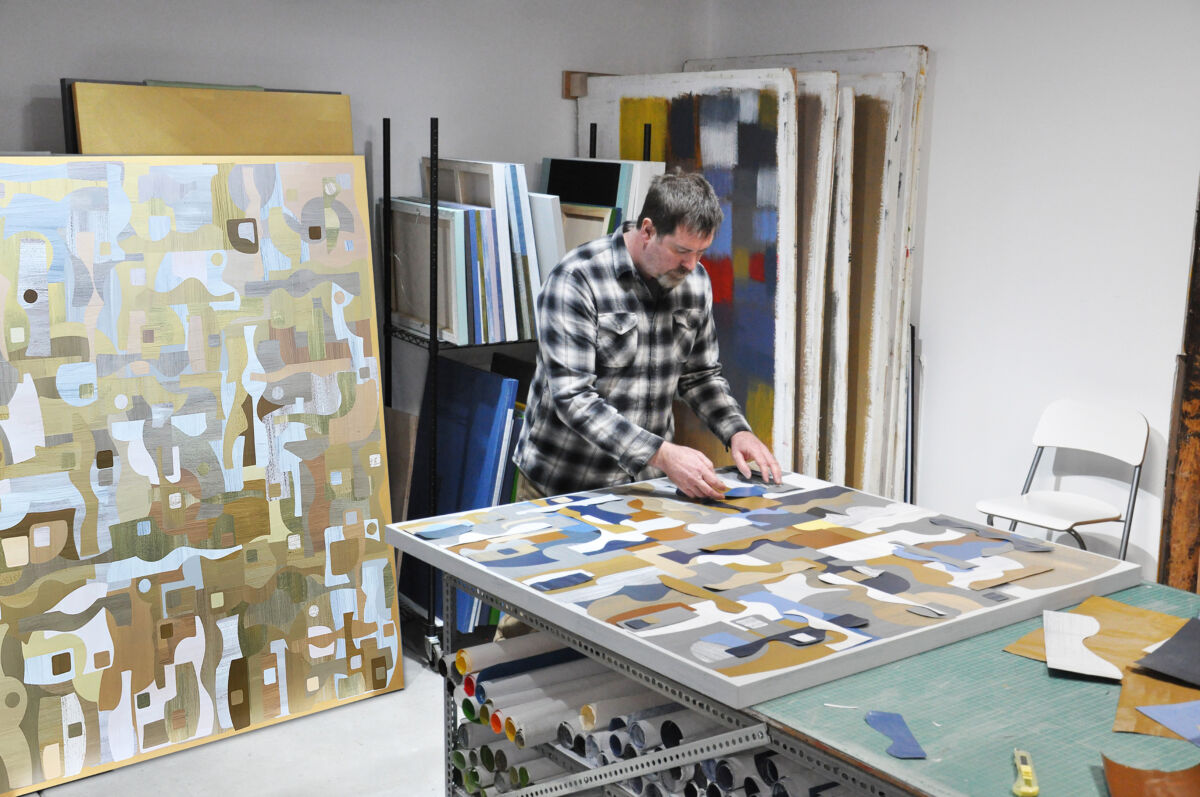
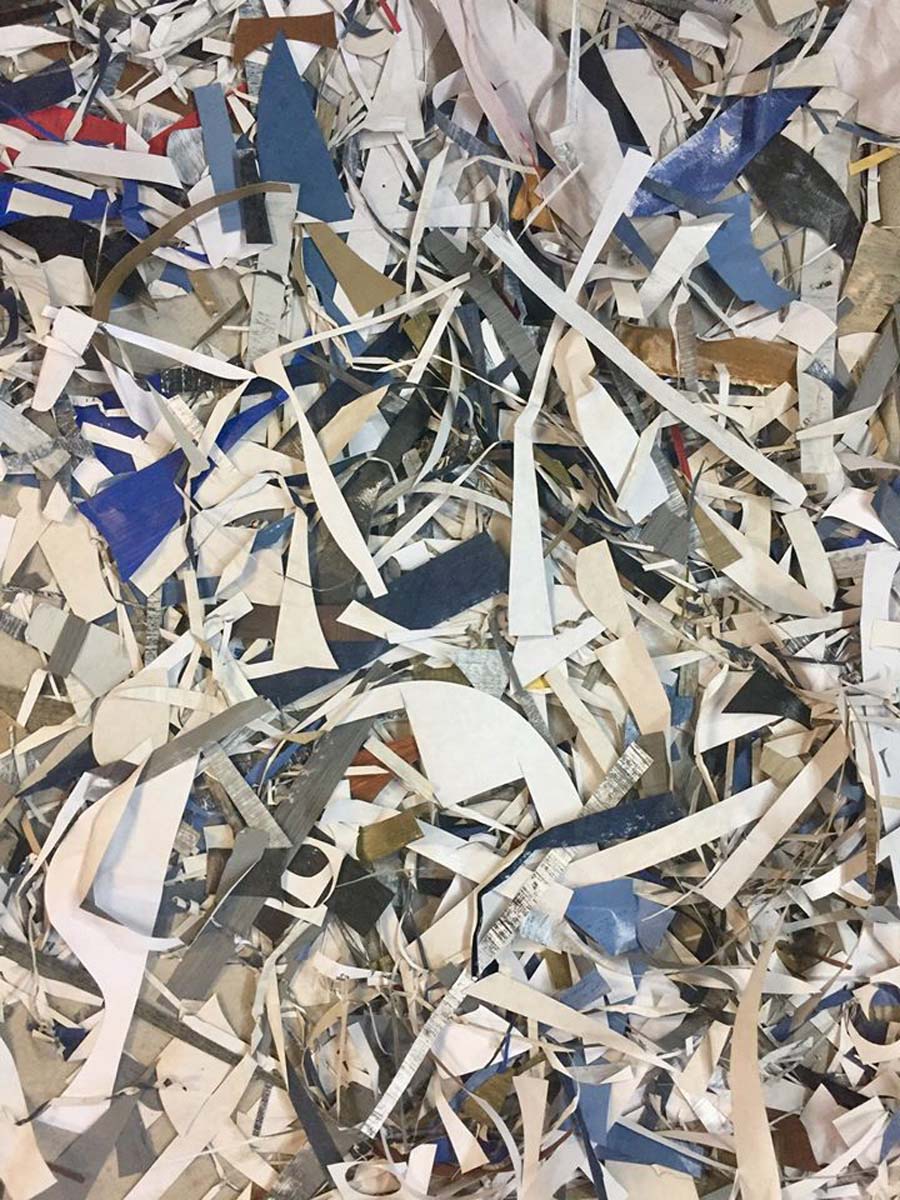
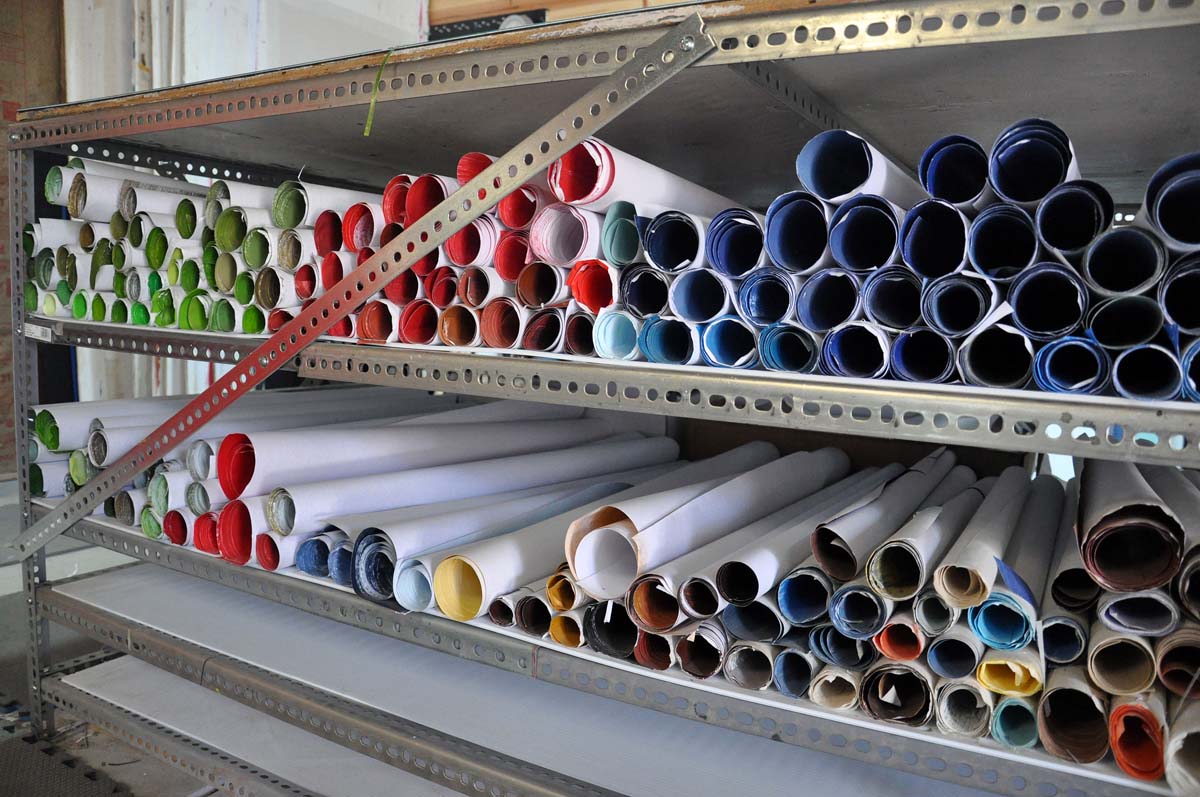
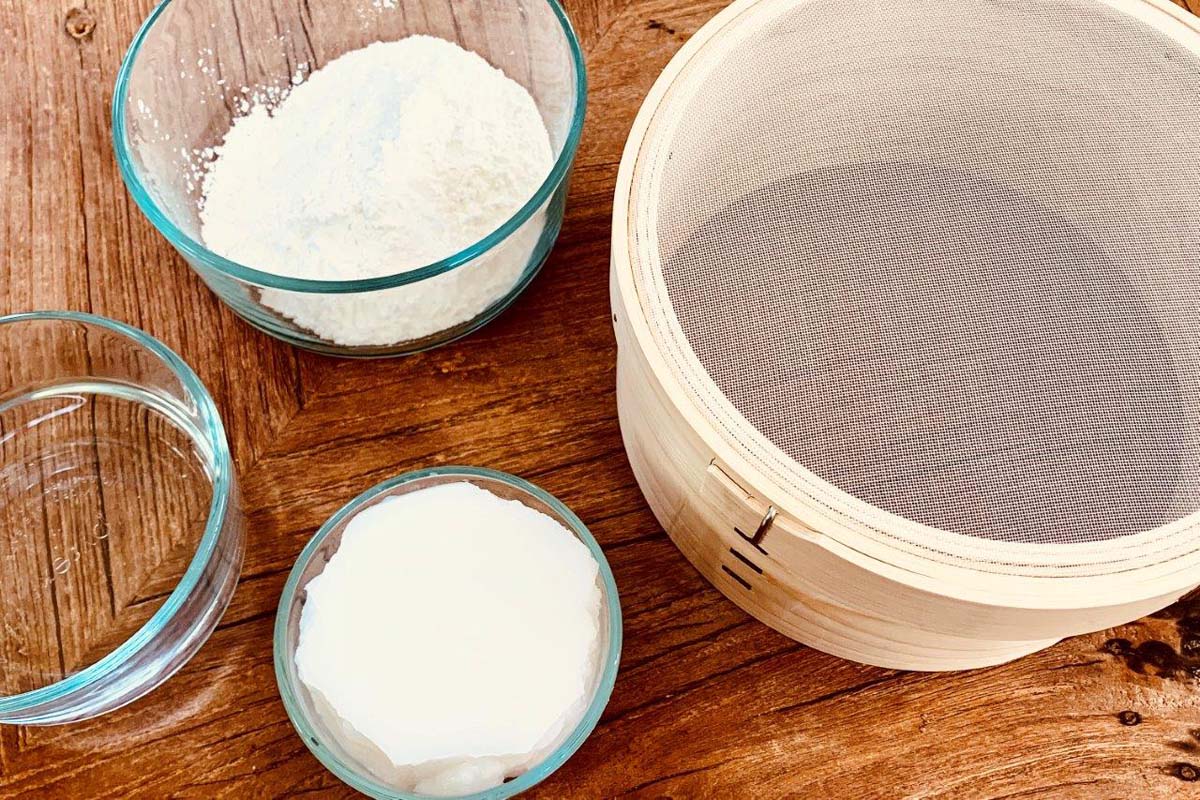
The Process
Chris Wheeler moved to Tainan City, Taiwan with his wife Nha Vuu in 1999 in search of adventure and an art form that truly appealed to his creative side. While his wife was learning how to paint in the traditional artform of ink and brush, he had the opportunity to learn how to mount her artwork under the apprenticeship of master Huang.
Master Huang taught Chris the ancient craft of mounting antique shoji screens and scrolls. This process entailed soaking eastern ink on paper paintings in a very wet wheat paste and mounting them on layers of paper for preservation as well as preparation for framing. This was done by stretching hand-made paper made of cotton, mulberry, and straw, on large 4×8′ boards. Then paper of heavier weight is layered to the back to add resilience to the actual artwork itself. This apprenticeship continued on for many years.
When Chris moved back to the states in 2003 he restored antiques, notably works on paper, for galleries and museums throughout the country, With this skill, he was able to stretch and manipulate paper in ways very few people can. The studio time allowed him to explore the possibilities of paper and he began creating art using these techniques. His love of midcentury architecture and design guided his inspiration and allowed him to create works of art with a modern, unique, and fresh approach to midcentury art and design. Traditional collage technique is chunky and thick with various mixed media however Chris’ collage is uncluttered, balanced, and refined. From afar it is typically mistaken for the clean sharp lines of wood inlay. For the coloring, medium body acrylics are used to texture the surface, however, sometimes the paper is left in its natural color to add an organic element to the artwork. Each shape is cut freehand giving the piece’s crisp edges as well as organic handmade character. Wheatpaste that is shipped from Japan in a powdered form, is boiled down with water and then pushed through a special horse hair strainer to remove all the fine lumps. The glue is applied with a wide brush to the back of each piece and then attached to the substrate. Each piece is painstakingly placed on the substrate making sure that all excess glue and bubbles are removed between each application. After the artwork is complete, layers of varnish are brushed on as a barrier to moisture and UV rays.



